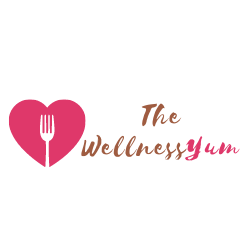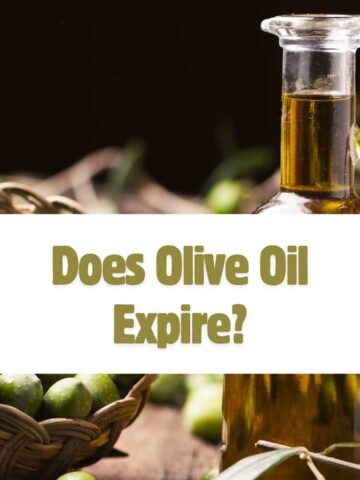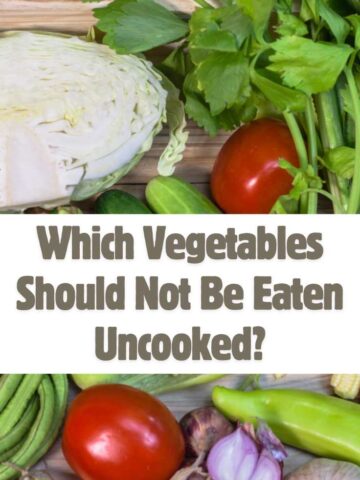Do you consume enough copper in your daily diet? We'll talk about the significance of copper in this piece, as well as the top 5 copper-rich vegetables to keep you healthy and feeling your best. Let's get this party started!
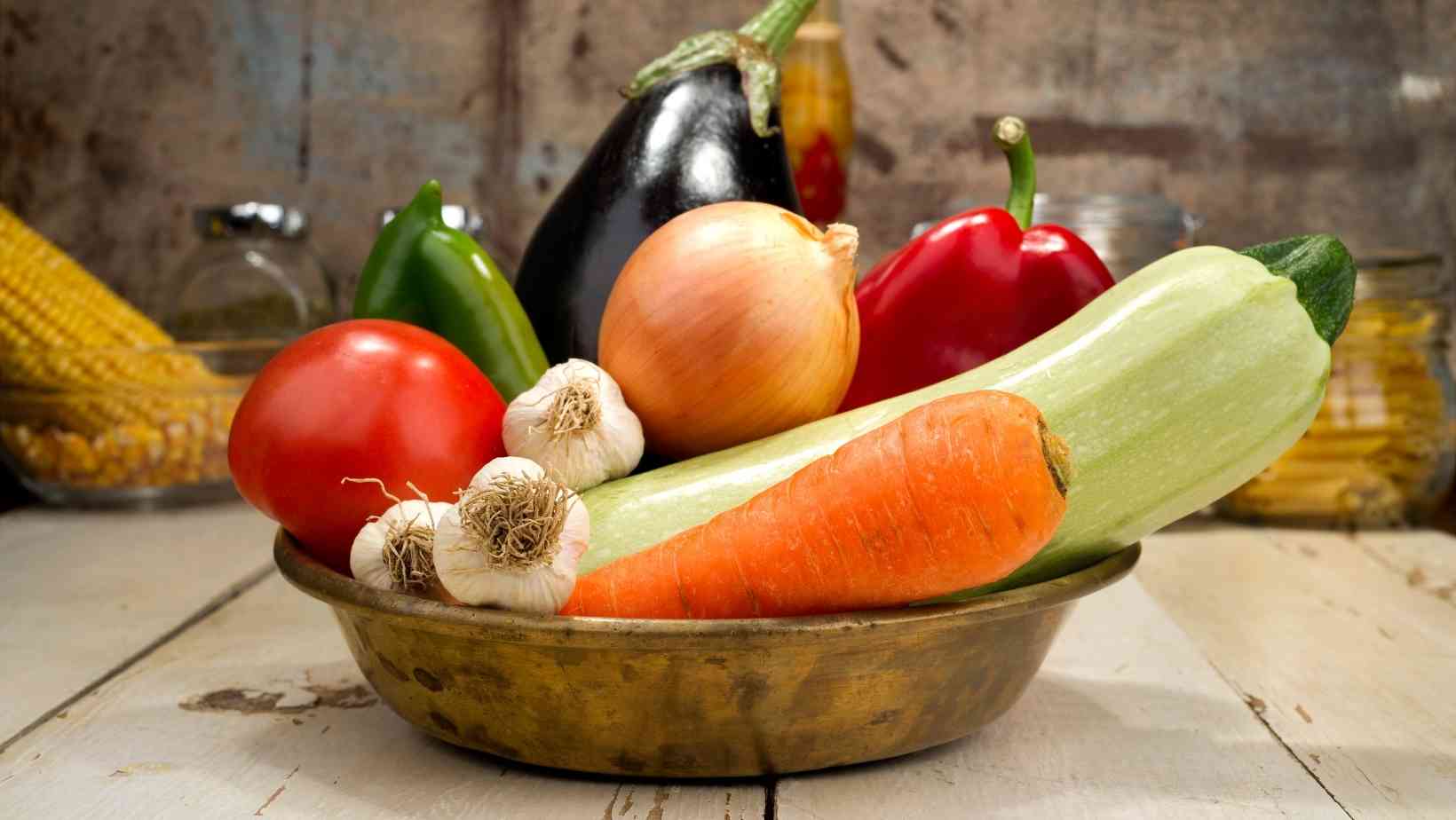
Copper and Its Importance
In order to function properly, our bodies need a variety of vitamins and minerals. Copper is one of the lesser-known important trace elements found in all of our bodily tissues. Because the body does not generate copper, it must be acquired via your food. According to the World Health Organization, an average adult should take around 2 mg of copper per day, which is equal to 2,000mcg (1mg = 1,000mcg).
The Food and Nutrition Board's recommended daily amount (RDA) for copper for adults is 900mcg per day. The RDA for pregnant women is 1,000mcg per day, with nursing moms needing 1,300mcg per day.
Copper offers several health advantages. Iron metabolism, neuroendocrine function, immunology, and cell regeneration all need copper. Getting the right quantity of copper in your body is vital for your general health, which is why you should include copper-rich foods in your regular diet. Copper has five major physiological advantages.
Improves the health of the brain
Did you know that copper-rich meals are good for your brain? Copper is found in the basal ganglia, hippocampus, cerebellum, many synaptic membranes, and the cell bodies of cortical pyramidal and cerebellar granular neurons throughout the brain. Copper is also a cofactor for enzymes, which help the body work properly.
Make sure you get enough copper in your diet if you want a healthy brain. Copper seems to have a role in brain function even when we are at rest, according to recent research. The brain uses 20% of the oxygen that is taken in via breathing. This oxidative metabolism necessitates the greatest quantities of copper, iron, and zinc in your body. According to Chrish Chang, Berkeley Lab's Chemical Sciences Division's head scientist, "Copper was formerly thought to be a static metabolic cofactor that had to be buried inside enzymes to prevent the formation of reactive oxygen species and consequent free radical damage. We've proven that dynamic and loosely bound pools of copper may control brain activity and are necessary for synapses and circuit formation."
Encourages the conservation of energy
Copper also plays a vital part in the creation of adenosine triphosphate (ATP), the cell's energy currency, according to research. Inadequate copper has been shown in animal and laboratory investigations to decrease mitochondrial ATP generation. This results in a sensation of exhaustion.
The mechanism by which copper is delivered to mitochondria was recently uncovered, providing researchers with new information on copper's involvement in energy production. Copper is essential for the formation of cytochrome c oxidase, or COX, a large protein complex found in mitochondria that is the last stage in the electron transport chain, which harvests energy for ATP generation.
Immunity Booster
Both zinc and copper are required for proper immunological function. Inadequate levels of these trace elements make your body more susceptible to bacterial illness. Copper deficiency has been linked to a reduction in neutrophils and macrophages in early investigations. These immune cells work together to provide a powerful defence against germs and other illnesses.
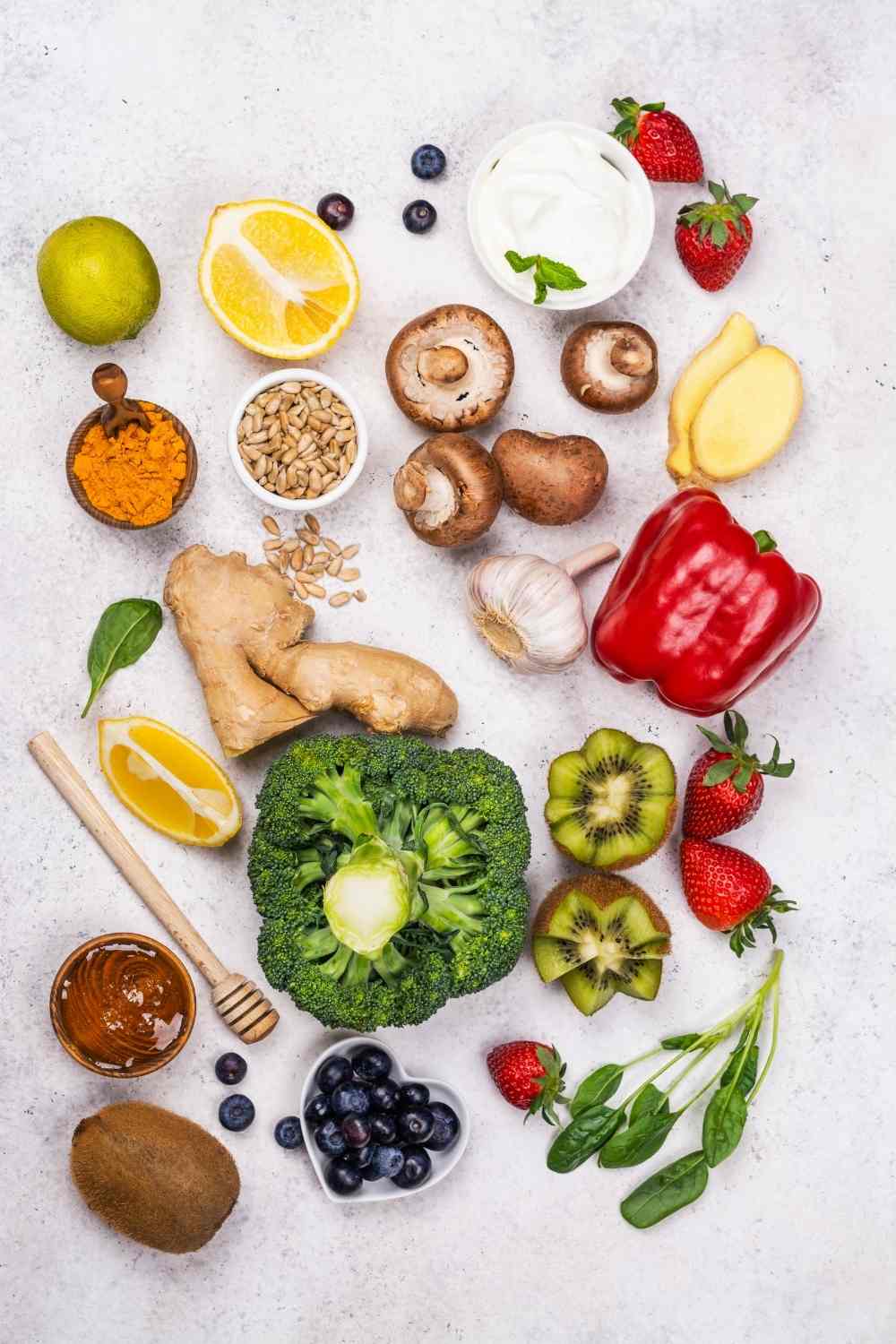
Your body has an intelligent innate immune system that is made up of cells and proteins that are designed to fight against outside invaders. The epithelial cells are the initial line of defence. Neutrophils and macrophages will help fight the infection after these cells have been disrupted. Mild copper deficiency has been linked to a reduction in the number of circulating neutrophils in the blood. Neutrophil dysfunction may also be caused by a copper deficit.
Promotes Metabolism
Copper is not only good for your brain and immune system, but it's also an endogenous lipolysis regulator. Lipolysis is the process of breaking down fat by hydrolyzing triglycerides into glycerol and free fatty acids, which is necessary for maintaining body weight and energy storage. In an article published in Nature Chemical Biology, scientists from Lawrence Berkeley National Laboratory and the University of California, lead by Christopher J. Chang, Ph.D., investigated this. Copper interacts with the enzyme PDE3, which then binds to cyclic AMP (cAMP), an intracellular messenger, according to a study done on mice. The fat breakdown is aided by CAMP. If copper isn't present, PDE3 won't bind to cAMP, preventing lipolysis. Fat deposits increase if fat in the cell is not broken down. This implies you should make sure your body is obtaining the necessary daily copper consumption.
Safeguards the Heart
Copper has a number of qualities that impact the body, including the heart. Despite the low dietary need for copper, the body has hundreds of copper-dependent proteins. The copper shortage may cause a decrease in cardiac metabolism and energy supply. It may also raise your chances of developing ischemic heart disease. Copper-rich meals may help an ailing heart, according to research published in the Journal of Experimental Medicine. More copper in the diet may aid persons with heart muscle disorders, according to the research.
Improves the health of your skin
A healthy adult's body would have 110 mg of copper, 15% of which would be found in the skin. Copper promotes the proliferation of dermal fibroblasts, controls collagen, and is a cofactor for the skin antioxidant enzyme superoxide dismutase. It also prevents oxidative cellular consequences including membrane damage and lipid peroxidation. Copper's characteristics have made it a vital mineral for maintaining healthy skin.
Top 5 Copper-Rich Vegetables
Because your body cannot produce copper, you must receive it via your diet. Knowing where copper comes from in your food might help you maintain optimal copper levels. Here are five of the top copper-rich foods. Examine your food to check whether you're receiving enough copper on a consistent basis.
1. Nuts and seeds
If you're a vegetarian, nuts and seeds are a good source of copper. Sunflower seeds provide 519mcg of copper per 1-ounce serving, whereas cashews provide 629mcg. For every two tablespoons of chunky peanut butter, you may obtain up to 185mcg of copper from a peanut butter sandwich.
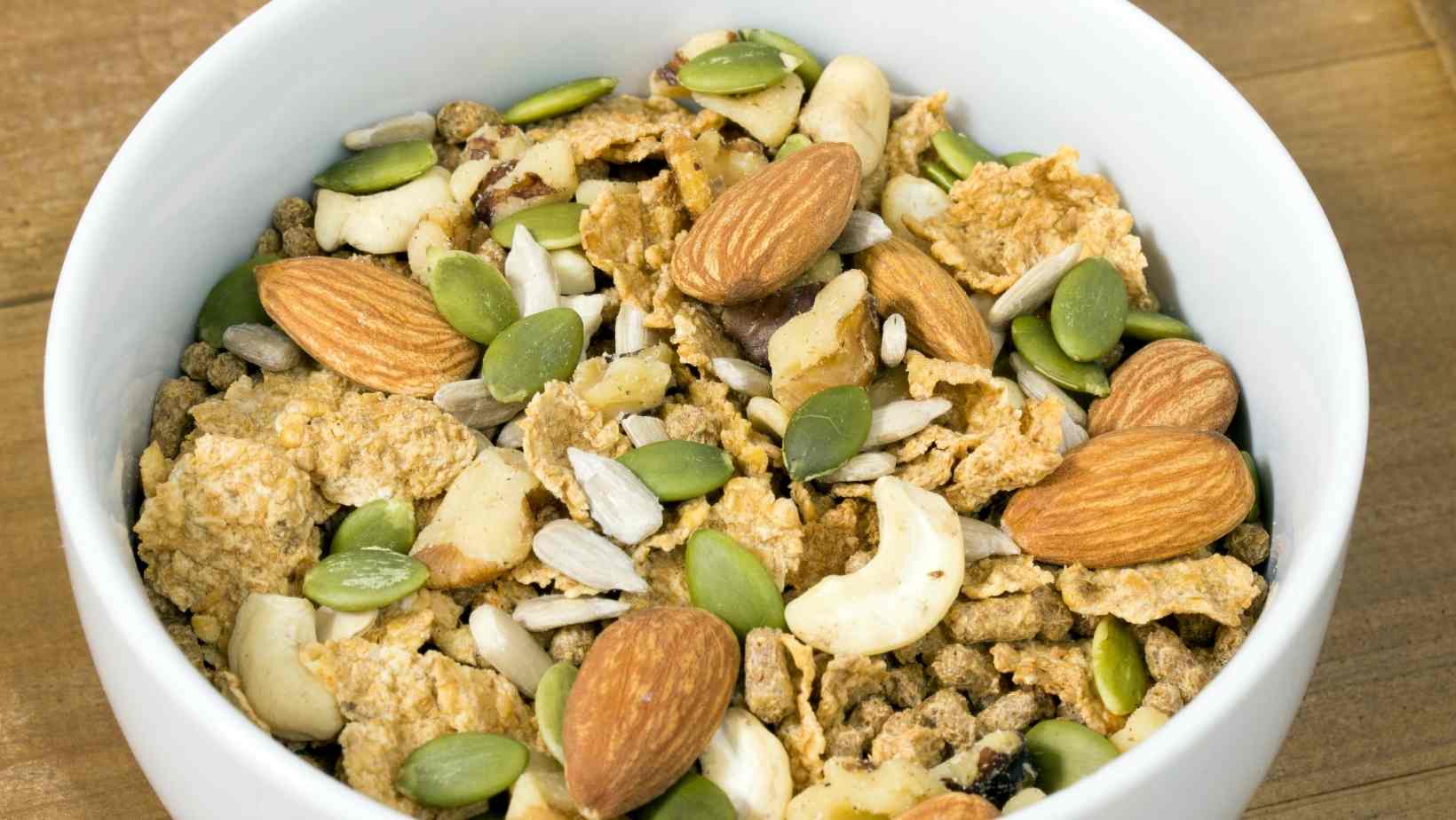
Consider taking almonds and hazelnuts with you as a snack to boost your copper intake even further. For every 100 gram serving of whole almonds, you'll get 1,000mcg of copper. In addition, a 100-gram box of poppy seeds contains 1,700 micrograms of copper.
2. Beans
Beans, in addition to seeds and nuts, are a good vegetarian source of copper. You may also add a range of other ingredients to your meals.
Chickpeas, commonly known as garbanzo beans, are high in fibre and protein, and when cooked, they may give 305mcg of copper per 100 grams. Soups and stews using lentils are common. Sprouting lentils, as opposed to dry lentils, give higher copper per serving. Sprouted lentils include 271mcg of copper per 100 grams serving, compared to just 125mcg per 100 grams serving in dry lentils.
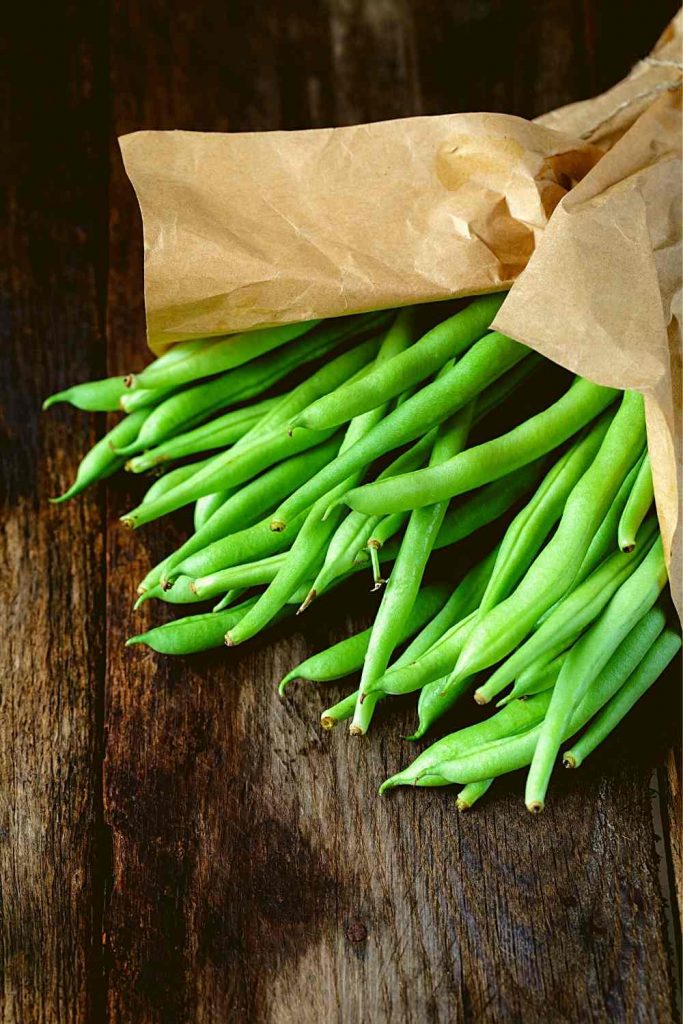
Pinto beans and white beans, for example, have a high copper concentration and may deliver 1,000mcg of copper per 100-gram meal.
3. Spinach, Kale, and Swiss Chard
Vegetables with a high copper content are also available. For every 100 grams of raw kale, there are 1,409mcg of copper. Raw kale is better than frozen kale, which only has 46 micrograms of copper per 100 grams. Furthermore, cooked Swiss chard supplies more than a third of your daily copper need.
To add some variety to your diet, consider some spinach, which may be eaten raw or cooked. Spinach is rich in fibre and contains minerals such as vitamin K, calcium, magnesium, and folate, all while being low in calories. One cup of cooked spinach contains more than 300mcg of copper.
Cooked asparagus and fresh parsley are two more copper-rich vegetables.
4. Skins of Potatoes
Potatoes are another high-copper vegetable. However, be sure to boil your potatoes with their skins on, since the potato skins contain the majority of the copper in the potato. For every 100 grams of potato, you'll receive 900mcg of copper, with 300mcg of it in the skin alone! The same may be said of sweet potatoes.
5. Sun-Dried Tomatoes
Make sure to incorporate sundried tomatoes in your spaghetti, salad, or pizza if you like them. Copper is found in 768mcg per cup of sun-dried tomatoes. Magnesium, potassium, and iron are also present. Sun-dried tomatoes packed in oil should be avoided since they are generally deficient in nutrients and quality. At your local market or health food store, look for organic and unsalted types.
